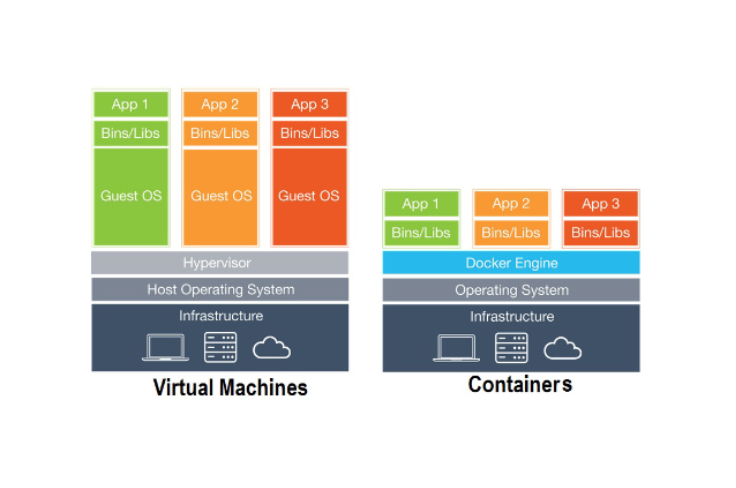
The Power of Test-Driven Development (TDD) in Modern Software Engineering

At its core, TDD is a software development approach that prioritizes testing before actual code implementation. The process involves three main steps: writing a failing test case, implementing the minimum code necessary to pass the test, and finally refactoring the code while ensuring the tests continue to pass. This iterative cycle promotes a robust and well-tested code base from the outset.
The Three Phases of TDD:
- Red Phase (Write a Failing Test):
- In this initial phase, developers write a test that defines a specific function or improvement yet to be implemented.
- The test deliberately fails, highlighting the absence of the functionality in the code base.
- Green Phase (Write the Minimum Code):
- The next step involves writing the minimum amount of code necessary to pass the test.
- The focus is solely on meeting the requirements of the test, avoiding unnecessary complexities.
- Refactor Phase (Improve Code Quality):
- Once the test is passed, developers refactor the code to enhance its structure, readability, and maintainability.
- The key is to optimize without altering the external behavior as verified by the tests.
Benefits of Test-Driven Development:
- Early Detection of Issues:
- TDD allows for the early detection of bugs and issues by emphasizing testing at the beginning of the development process.
- This leads to quicker identification and resolution of problems, reducing the likelihood of defects in the final product.
- Improved Code Quality:
- The iterative nature of TDD, with its continuous testing and refactoring, results in a codebase that is cleaner, more modular, and easier to maintain.
- Developers are encouraged to write modular and loosely coupled code, promoting good software design principles.
- Enhanced Developer Confidence:
- TDD provides developers with a safety net of tests that validate the correctness of their code.
- This instills confidence, enabling developers to make changes or add new features without fear of breaking existing functionality.
- Facilitates Collaboration:
- TDD fosters collaboration within development teams by providing a common understanding of requirements through tests.
- Tests serve as living documentation, making it easier for team members to understand and contribute to the codebase.
Challenges and Considerations:
- Initial Learning Curve:
- Adopting TDD may have a learning curve, particularly for developers unfamiliar with the methodology.
- The benefits, however, often outweigh the initial challenges as proficiency grows.
- Time Investment:
- Critics argue that TDD may initially require more time due to the added effort of writing tests.
- However, this investment often pays off in terms of reduced debugging time and improved software quality.
Test-Driven Development is not just a methodology; it is a mindset that transforms the way developers approach coding. By putting testing at the forefront, TDD not only ensures the creation of reliable software but also fosters a culture of continuous improvement. As software engineering continues to advance, the principles of TDD remain a valuable asset in building resilient and maintainable code bases.



